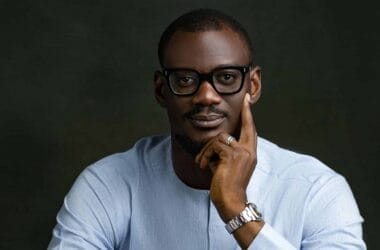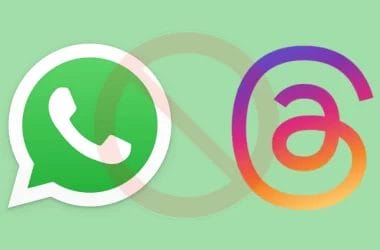The President of Rwanda Paul Kagame has emerged the continent’s most followed president on Twitter. Other key findings as of March 24, 2015 were that the five most followed world leaders were U.S. President Barack Obama (@BarackObama) (57 million followers of the U.S. president’s campaign account), Pope Francis (@Pontifex) with 20 million followers on his nine different language accounts, India’s Prime Minister @NarendraModi, Turkey’s President Recep Tayyip Erdoğan (@RT_Erdogan) and the @WhiteHouse. However, the most followed world leaders follow few other peers, and they are hardly conversational. @BarackObama and the @WhiteHouse only follow four other world leaders, namely Norway’s Erna Solberg, Russia’s Dmitry Medvedev, the UK government and Estonia’s Foreign Minister Keit Pentus.
CIO reported that while @BarackObama is the most followed world leader, he is also dwarfed in terms of retweets per tweet by Pope Francis who averages almost 10,000 retweets for each tweet sent on his Spanish account, against 1,210 for each tweet sent by @BarackObama.
European foreign ministers also use Twitter to establish mutual connections, creating a virtual diplomatic network. French Foreign Minister Laurent Fabius (@LaurentFabius) is the best connected foreign minister, mutually connected to 100 peers. Russia’s Foreign Ministry is in second position maintaining mutual Twitter relations with 93 other world leaders. The Foreign Ministry in Paris is in third place with 90 mutual connections. These mutual connections among foreign ministers allow for private conversations via direct messages on Twitter.
“This study illustrates that governments are becoming savvier and more professional in the use of social media,” said Jeremy Galbraith, CEO of Burson-Marsteller Europe, Middle East and Africa and Global Chief Strategy Officer. “It is interesting to see how foreign ministries have honed their social strategies and built substantial dedicated teams to manage their online channels. We believe corporations can learn a lot from governments and their leaders on Twitter.”
More than 4,100 embassies and ambassadors are now active on Twitter. In New York, Washington, London and Brussels, most diplomatic missions use Twitter to have a voice at the digital table. Canada, the EU, France, Israel, Mexico, the Netherlands, Poland, Russia, Spain, Sweden, Turkey, Ukraine, the UK and the U.S. have put most of their embassies and missions on Twitter. The UK Foreign Office in London also encourages personal engagement by its ambassadors, and it is virtually impossible to become a Foreign Office diplomat without using digital tools.
“It always amazes me how quickly governments adapt to the ever changing social media landscape,” said Matthias Lüfkens, Burson-Marsteller’s EMEA Digital Practice Leader and author of the report. “Some governments have become very professional at using Twitter’s six second Vine videos and others are already going live on Periscope, Twitter’s latest livestreaming application.”
Released today, the study analyzed 669 government accounts in 166 countries and revealed that 86 percent of all 193 United Nations (UN) governments have a presence on Twitter. One hundred and seventy-two heads of state and government have personal Twitter accounts and only 27 countries, mainly in Africa and Asia-Pacific, do not have any Twitter presence.
“The Burson-Marsteller Twiplomacy Study has become an essential gauge of the power and reach of social media,” said Donald A. Baer, Worldwide Chair and CEO, Burson-Marsteller. “This fourth annual Burson-Marsteller Twiplomacy Study provides critically valuable insights about the communications practices and needs of leaders around the world.”






